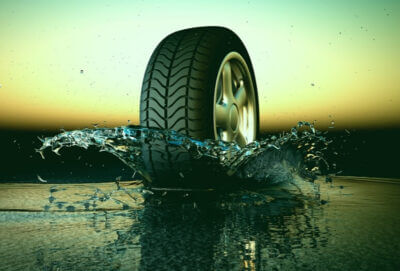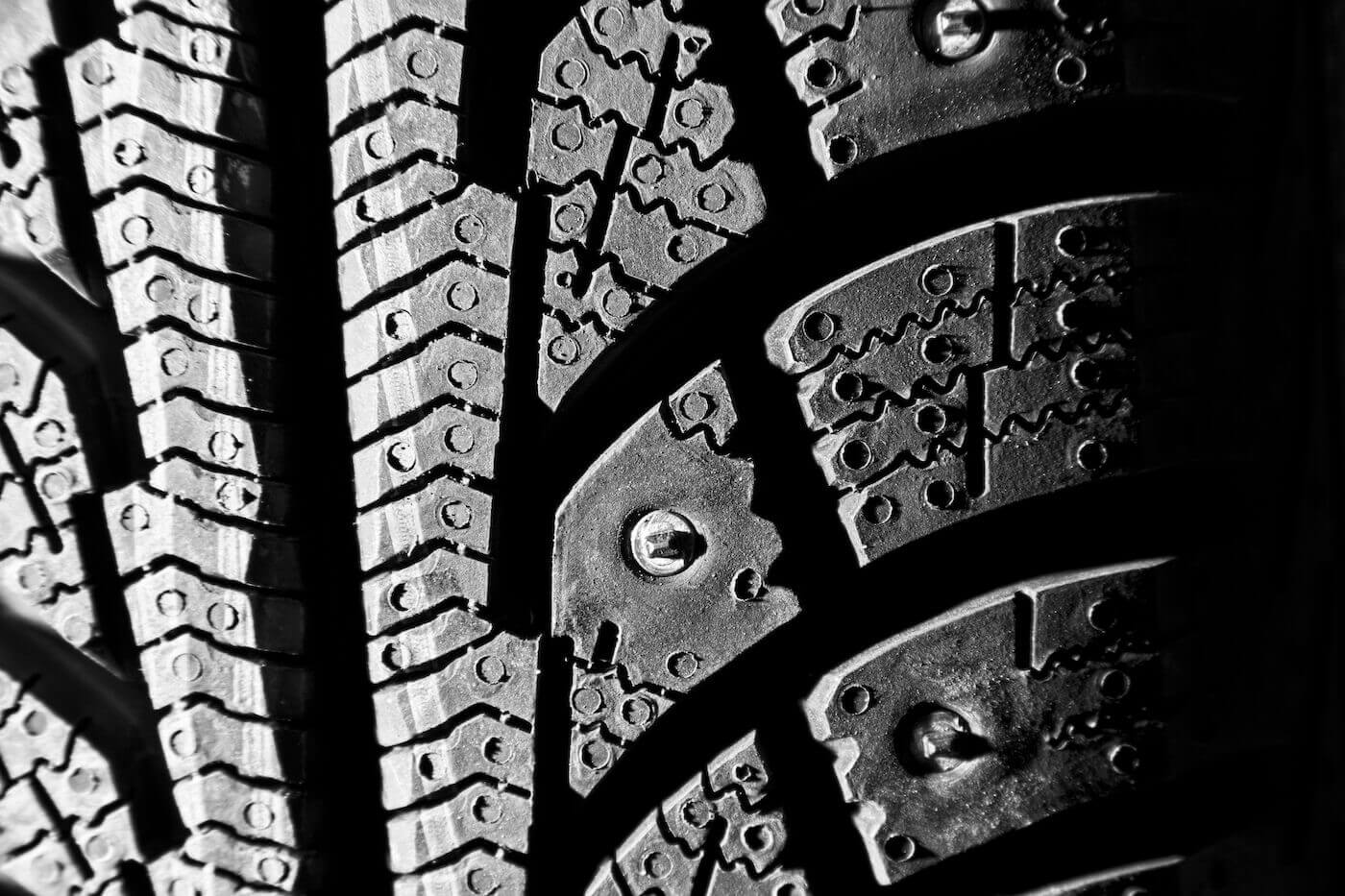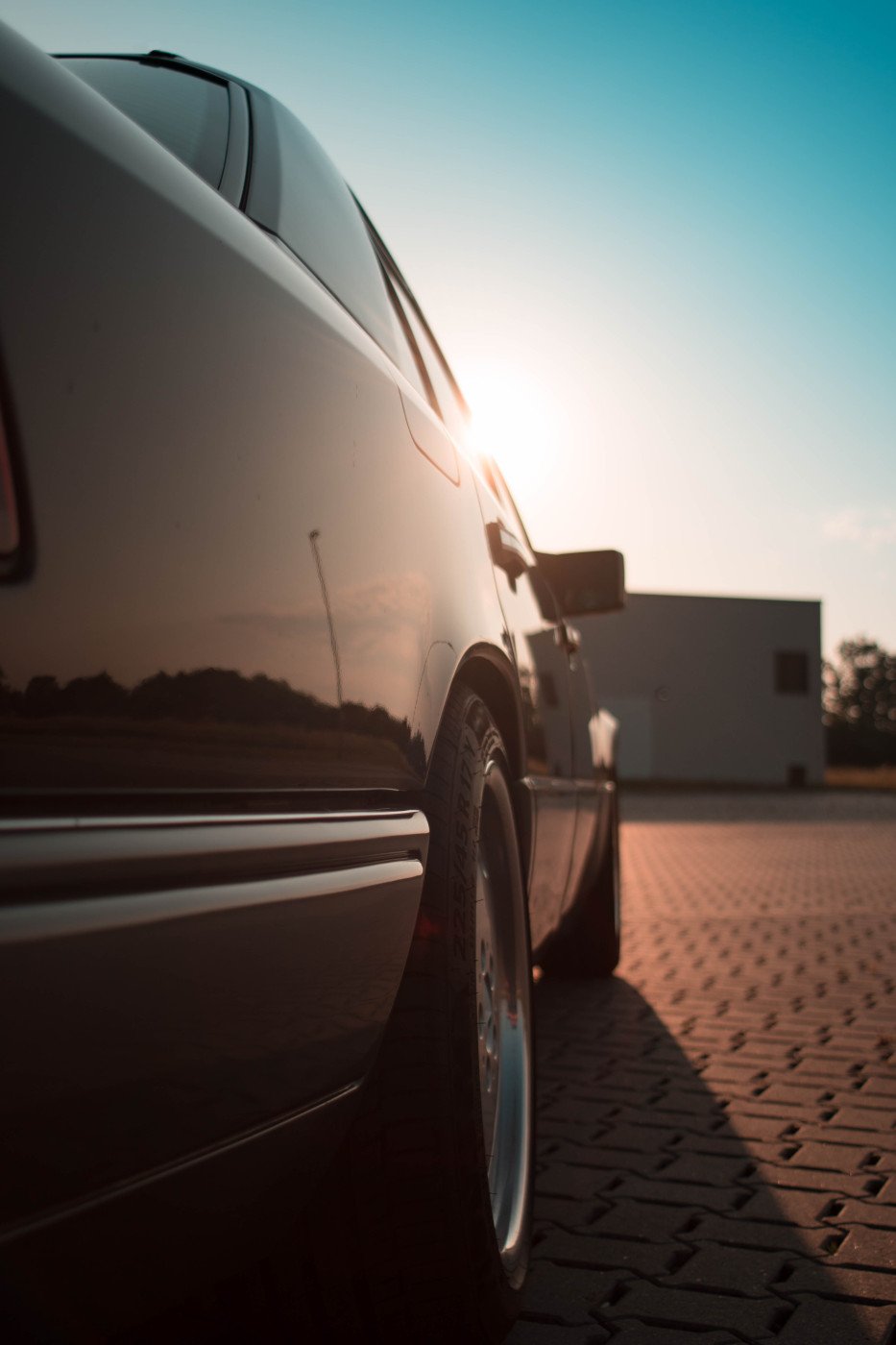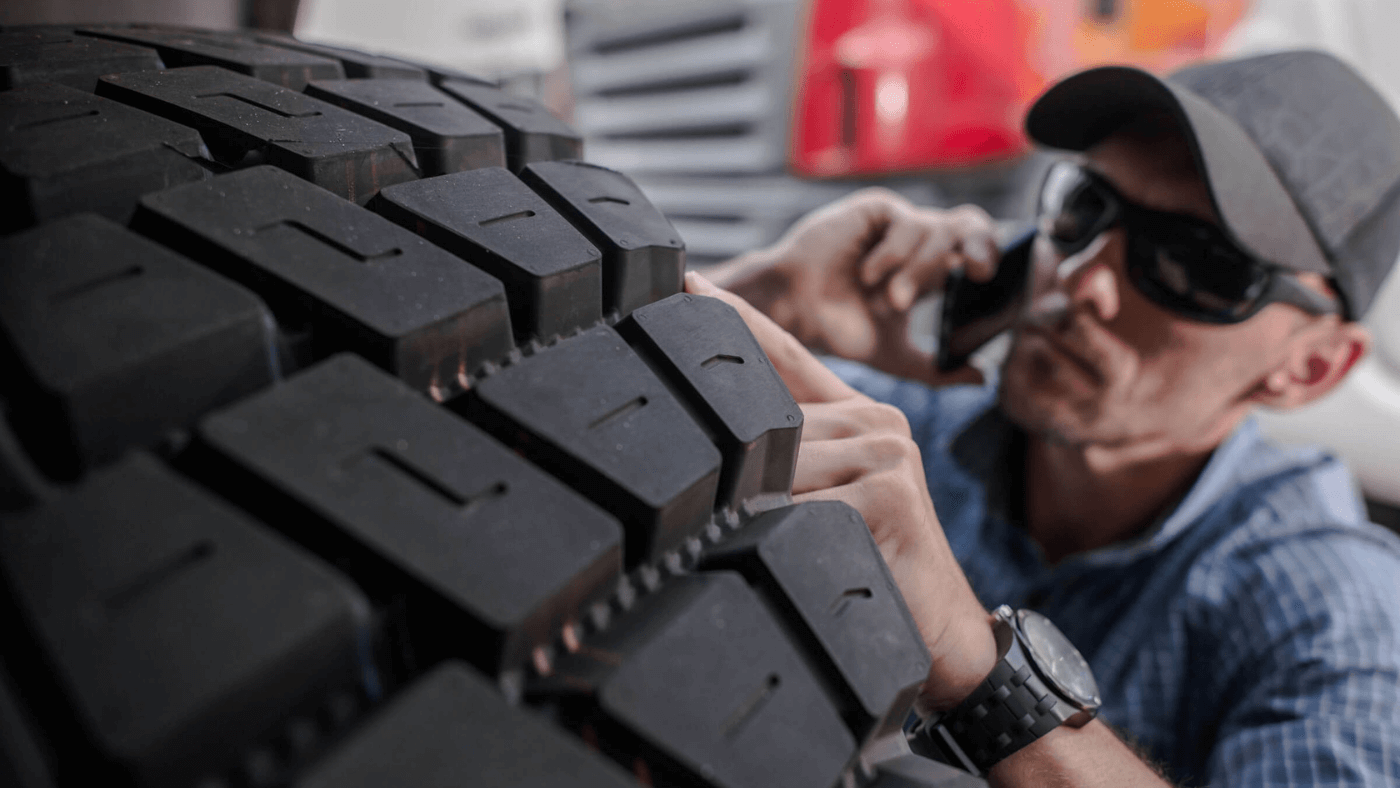Snow is finally a thing of the past (at least in my region of Quebec), but after the cold of winter, spring brings with it a whole new problem: torrential rain! I admit, it is more comfortable to drive on a wet road than an icy one. Be careful, however, not to take Mother Nature's whims lightly... Even if the experience is different from winter driving, driving in the rain still has its share of risks that should not be ignored!
Rain and braking
A wet road is a slippery road and a slippery road also means a reduced braking distance. The difference is marked: some studies even say double. Don't think about pushing harder on the pedal, though: sudden braking can easily cause loss of control. So driving in the rain starts with a good, simple habit: brake more gently and brake sooner! In the city or on the highway, it's a tip that's so easy to follow, yet so often forgotten...
Of course, this is not the only risk on the road and, even with the best tires in the world, some dangers are always present. One of these is aquaplaning, a very (too) common phenomenon. When a thin layer of water seeps between your tire and the road, it can lose all traction, especially at very high speeds. What’s the trick when this happens? If you have brakes with an ABS, you can usually brake without a problem, but often just taking your foot off the gas makes it easy to regain control.
How can you protect yourself?
Fortunately, there are many ways to reduce the risk of losing your grip on the road. Before you even set out, make sure your tires are roadworthy. We're talking about their pressure, of course, but also their level of wear. When the tread becomes too thin, the risk of hydroplaning is multiplied and so is the braking distance! If your TPMS indicator lights up or your barometer reads inadequate pressure, don't let the problem continue. In the rain, it's a real safety issue.
If your tire is too worn, it's time to buy a new one at Blackcircles.ca! To maximize traction, special attention should be paid to the tread pattern. Asymmetrical designs generally offer better traction due to their large surface area in contact with the road. But if you want to reduce the risk of hydroplaning, you'll need to look at symmetrical tread designs. Whatever your choice, from the Michelin Crossclimate 2 to the Continental Purecontact LS, you're sure to find something to your liking.






